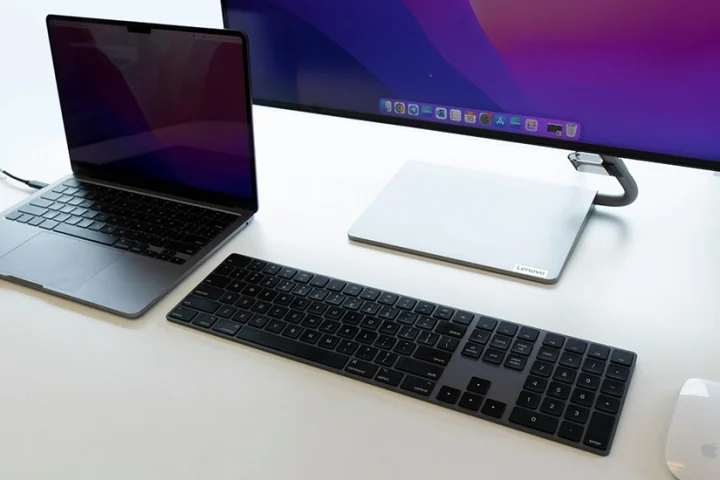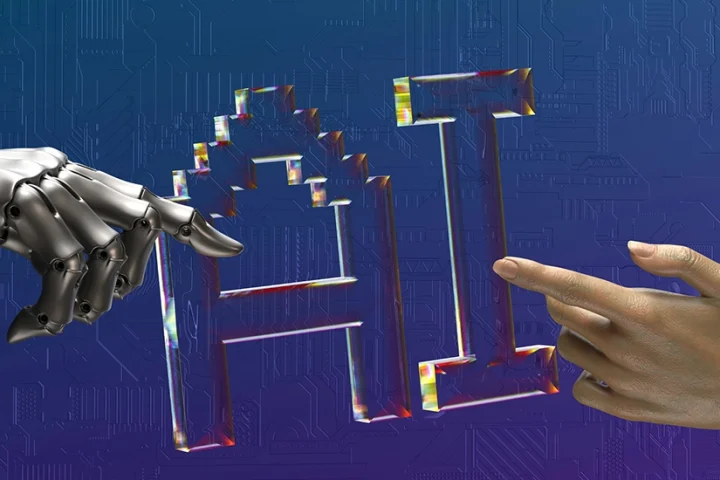While the digital technologies have helped businesses become more agile and data more accessible, they are also bringing unprecedented levels of disruption. The old patterns for protection are just not fully applicable to public cloud computing, digital democratisation, and radical outsourcing. Hence Security and risk management leaders needs to reframe their security and risk management plans to keep ahead of the challenges it might bring.
Security and risk management leaders must develop a culture of cyber judgment and align this culture with evolving talent needs
Over the past year, the typical enterprise has been turned inside out. COVID-19 has rapidly accelerated the modernisation of information technology. Much of the workforce formerly working in an office have shifted en masse to working from their homes. As more devices access sensitive company information in the cloud from home offices, the threat landscape increases. Organisations are accelerating their digital transformation journey at a profound rate to accommodate the new reality.
Security and risk management leaders needs to reframe their security and risk management plans to keep ahead of the challenges
Security and Risk Management leaders must develop a culture of cyber judgment and align this culture with evolving talent needs. CISOs must prioritise customers and market-facing executives including the CFO, CMO and CEO in communication and stakeholder relationship plans. Position the enterprise for a secure future by choosing cybersecurity technologies that offer high levels of integration, automation, and orchestration capabilities.
Some best practices
Plan security technology selection and adjust old processes for the new reality of permanent remote or hybrid work by creating a cybersecurity mesh foundation based on security analytics, intelligence and triggering, distributed identity fabric, and policy management and orchestration. Invest in how better to secure identities.
CISOs must prioritise customers and market-facing executives including the CFO, CMO, CEO
Plan for vendor consolidation by evaluating the internal and external factors which drive the need for vendor consolidation and speak to cybersecurity risk in a business context to make it relevant to stakeholders who drive decision-making.
Identify use cases for privacy-enhancing cryptography PEC techniques by accessing data processing activities that require the use of sensitive or personal data. Add breach attack simulation BAS to security resilience programmes alongside other methods of managing security exposure. Assess the different tools that must be used for machine ID management.
Plan security technology selection and adjust old processes for the new reality of permanent remote or hybrid work. Plan for vendor consolidation by evaluating the internal and external factors which drive the need for vendor consolidation. Identify use cases for privacy-enhancing cryptography techniques by accessing data processing activities that require the use of sensitive or personal data. Assess the different tools that must be used for machine ID management.
Position the enterprise for a secure future by choosing technologies that offer high levels of integration, automation, and orchestration capabilities.

























